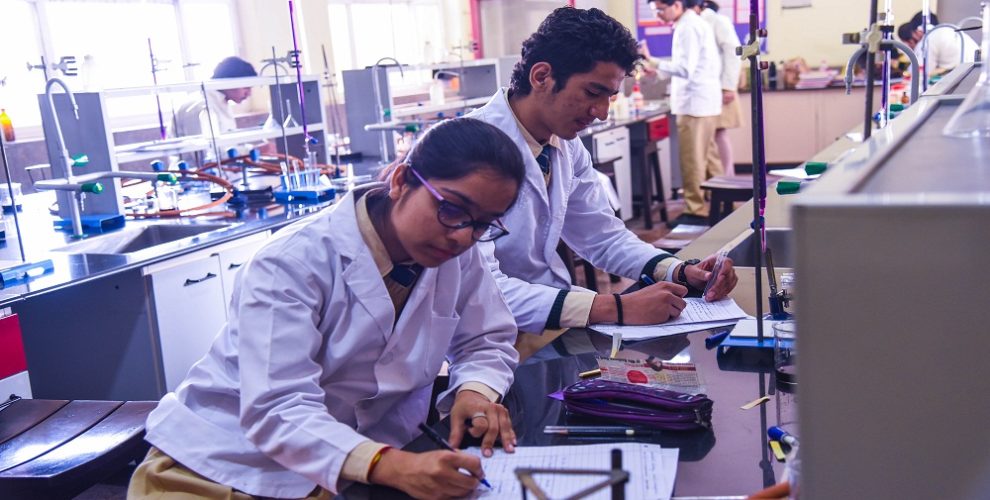Origami refers to paper folding art. Believed to have originated in Japan, it is one of the most celebrated forms of art in today’s world. the usage of scissors. This makes the entire artwork fun, creative, yet safe for kids. Implementing the tricks of origami, several varieties of shapes can be formed just by folding a piece of paper in the right way.
Remember the paper boats that we all enjoyed sailing on the waterlogged streets in our childhood? They were nothing but a simple specimen of origami. With a little more complex and intricate folding, the papers can turn into planes, flowers, dogs, and even monuments.
At K.R. Mangalam World School, ranked among the Best CBSE Schools in Ghaziabad, we have always believed that art is one of the best ways to liberate the soul and the mind. For kids, art practice has always been a source of emancipation and freedom from their rigorous academic schedules. Thus, if you want your kids to enjoy their free time delving into the wonders of art and creativity, origami can be the smart way any time. On that note, here in this article today, we are sharing with you some of the benefits the little minds can gain from engaging into origami crafts.
Better Hand-Eye Coordination
Motor skills development is one of the most important parameters for the growth of children. Especially during the early years, little ones need to engage in a lot of activities that encourage their motor skills development. This is vital so as to strengthen their hand-eye coordination. Coherence between the functioning of the hand and the sensory organs is a must to excel in any task.
Besides, enhanced motor skills mean better academic performance as well. Through origami, children learn to visualize things and try to give a piece of paper the shape they have seen in their surroundings. Studies have revealed that origami is a form of art that effectively bridges what children see and what they try to model with paper. This, in turn, helps the children get a holistic view of the three-dimensional world that encircles them.
Better Sequencing Skills
Sequencing skills are significant to let children comprehend the importance of doing things in a specific order. In origami, even a single sequential mistake while folding the papers means a wasted effort. Suppose your child is trying to make a dog’s face using the folding paper art, he/she has to follow the folding step by step, or else the resemblance would never be attained.
Hence, origami teaches kids to follow the steps without any miss, no matter what they are doing. This, in turn, helps them attain perfection in whatever they do. We, at KRMWS, believe that nothing can be attained perfectly without discipline. And maintaining order is the first criteria for becoming disciplined. Hence, we keep origami central to our art classes so that the young minds learn to proceed step by step to reach their goals.
Enhanced Concentration
Focus and concentration are integral to origami works. All a child gets, to begin with, is a piece of paper. With the delicate folding methods, this very piece of paper can be given the shape of anything they want to. But the task requires thorough concentration and attention. Without focus, origami can never help children make the resemblance of anything they have in their minds.
There’s no denying that origami is a form of art that instills in children the crucial traits of concentrating and focusing with dedication. This is one of the prime reasons why we, at KRMWS, have kept art and creativity central to our curriculum. We believe art is the very way to the constructive formation of a mind capable of thinking individually and independently. And, at KRMWS, being one of the Best CBSE Schools in Ghaziabad, we are putting to use the goodness of art for the holistic development of the young minds.



